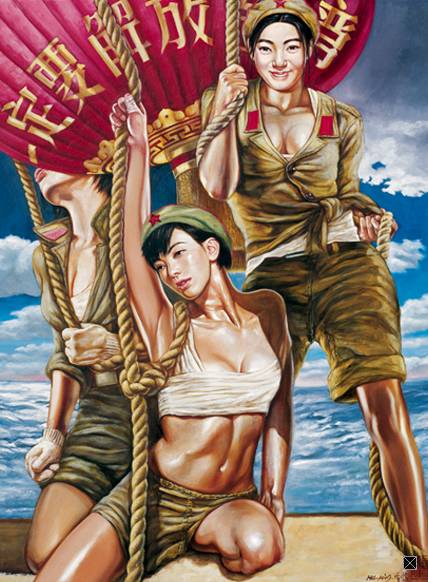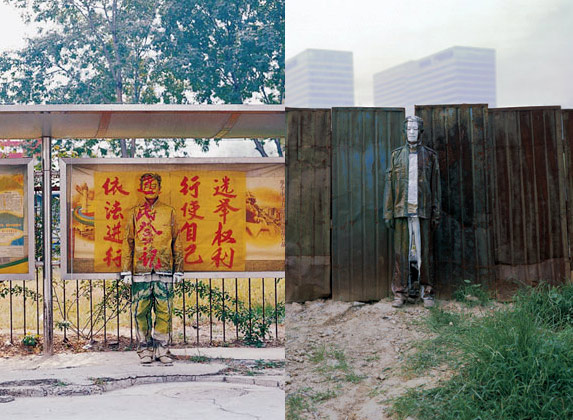The Evolution of Chinese Art
Chinese art has varied throughout its 5000 years of ancient history. Different forms of art have been influenced by the ruling Emperors, great philosophers, teachers, religious figures, political leaders based on its long history of different dynasties.
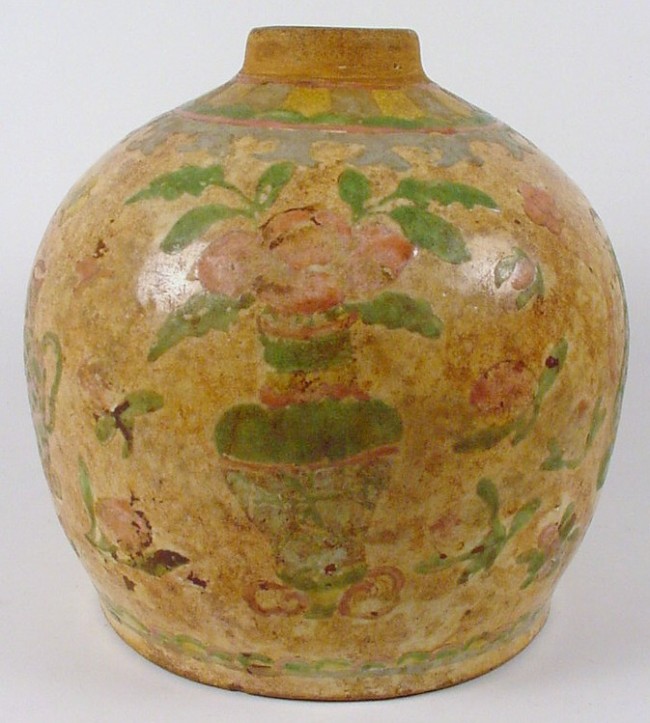
The Shang dynasty was most remembered for bronze and noted for it’s clarity of detail.
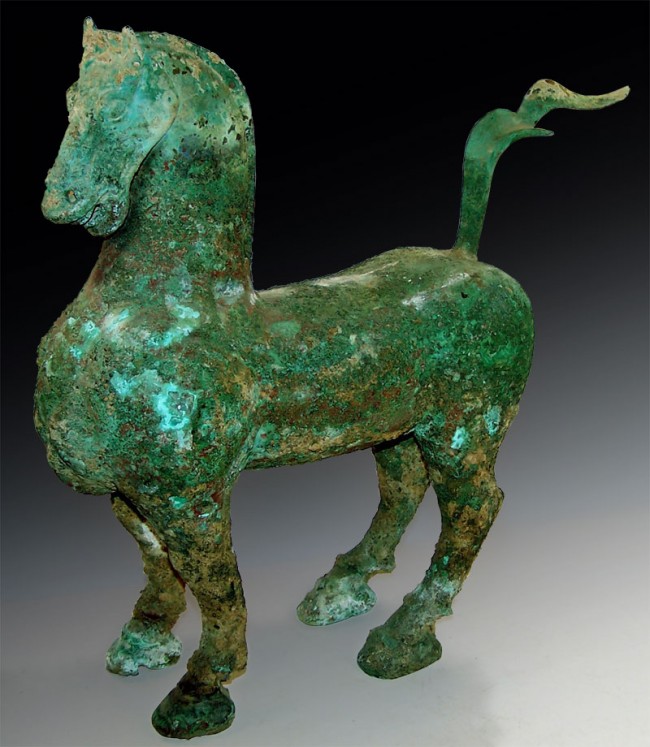
In early Imperial China, porcelain was introduced and refined to the point that in English, the world china has become synonymous with high quality porcelain.

During the same period of Imperial China, calligraphy & painting became highly appreciated arts. A great deal of work was first done on silk until well after the invention of paper.
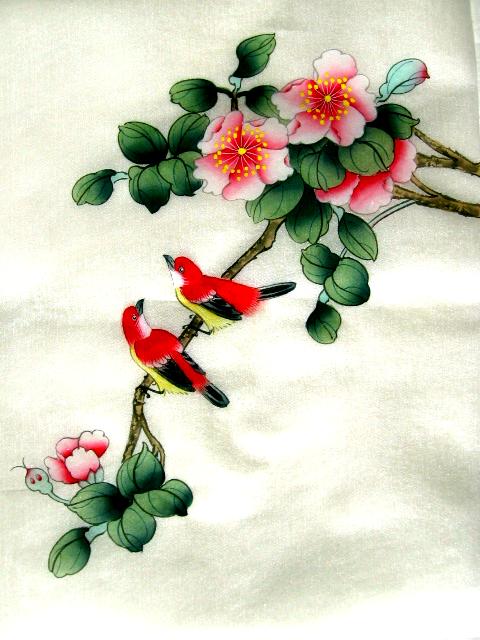
Around the first century (1 AD), Buddhism arrived in China though it did not become popular until the fourth century (4 AD). At this point, Chinese Buddhism art began to flourish, a process which continue through the 20th century (20 AD)
There were lots of paintings, sculptures and many other art works that revolve with Buddhism such as portraits on Bodhisattva, Goddess of Guanyin etc.
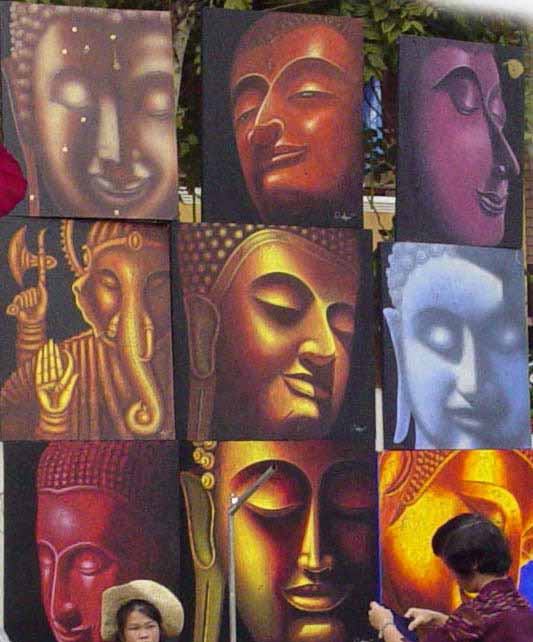 Buddhist architecture and sculpture thrived in the Tang Dynasty as the rulers and people during that period of time were particularly open to foreign influence. Buddhist sculpture returned to a classical form, inspired by Indian art of the Gupta period. Towards the late Tang Dynasty, all foreign religion was outlawed to support Taoism.
Buddhist architecture and sculpture thrived in the Tang Dynasty as the rulers and people during that period of time were particularly open to foreign influence. Buddhist sculpture returned to a classical form, inspired by Indian art of the Gupta period. Towards the late Tang Dynasty, all foreign religion was outlawed to support Taoism.
During the Song dynasty, paintings of more subtle expression of landscapes appeared, with blurred outlines and mountain contours which conveyed distance through an impressionistic treatment of natural phenomena. It was during this period that in painting, emphasis was placed on spiritual rather than emotional elements, as in the previous period.
Late imperial China was marked by two specific dynasties: Ming and Qing. Art works in the Ming Dynasty perfected color painting and color printing, with a wider color range and busier compositions than Song paintings. In the Qing dynasty, traditional Chinese art reached another climax and continued to the present in forms of the “Chinese painting” (guohua, 國畫).
Now in Chinese, new forms of Chinese art were heavily influenced by the New Culture Movement, which
adopted Western techniques and employed socialist realism. The Cultural Revolution would shape Chinese art in the 20th century like no other event in history with the Four Olds destruction campaign. Contemporary Chinese artists continue to produce a wide range of experimental works, multimedia installations which have become very popular in the international art market.

Contemporary Chinese art is currently very hot as many globally influential art magazines have rated Chinese contemporary art as one of the art markets with the most potential. Many of the artists shown at New Chinese Art are young Chinese artists, who are still relatively undiscovered.
Do come back and check out many other forms of Chinese art and the beauty behind the landscapes, the subjects and how it has morphed into with so many artistic talents in China and how Chinese artistis making a name for themselves overseas.


